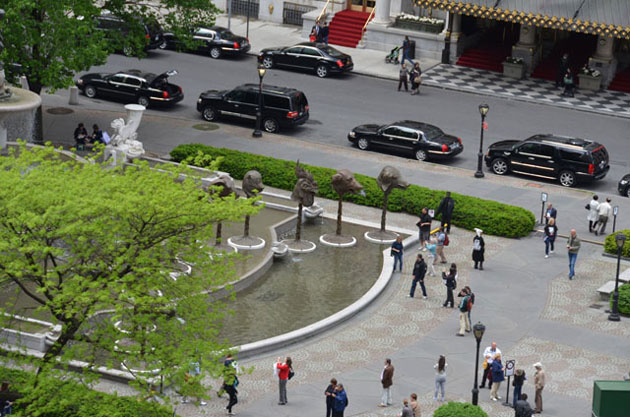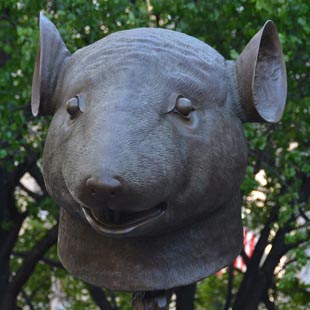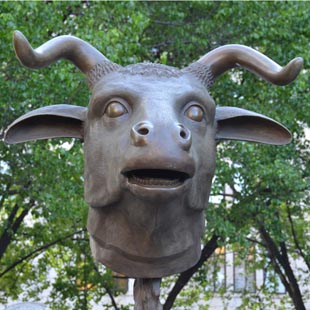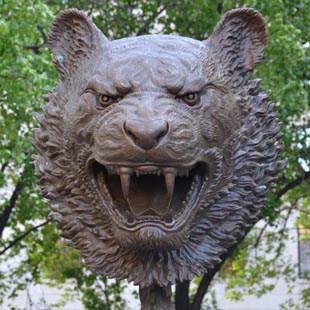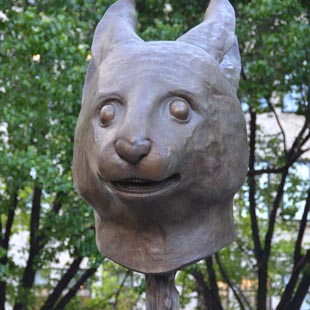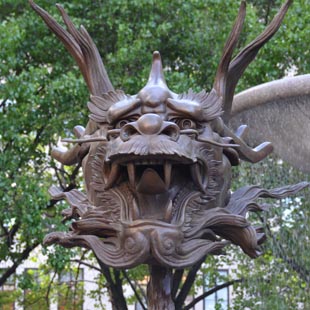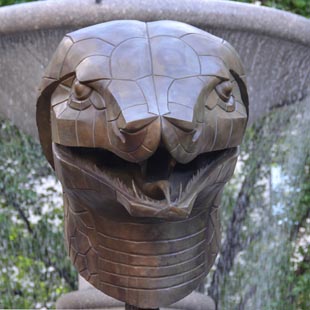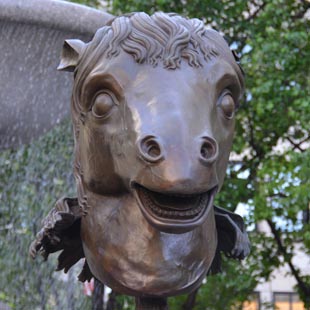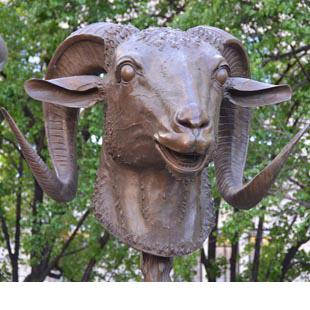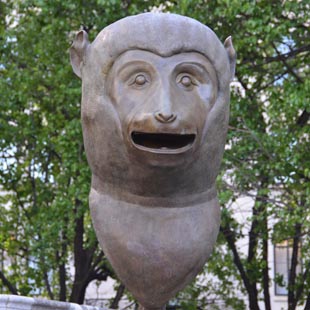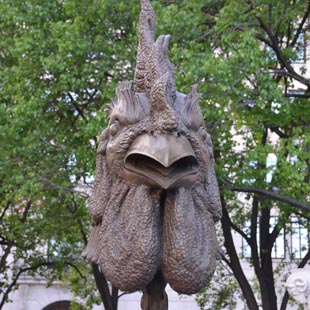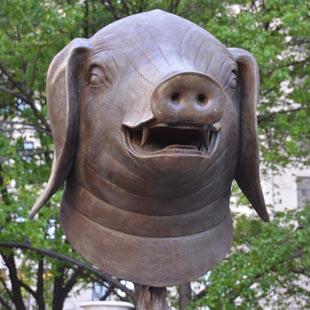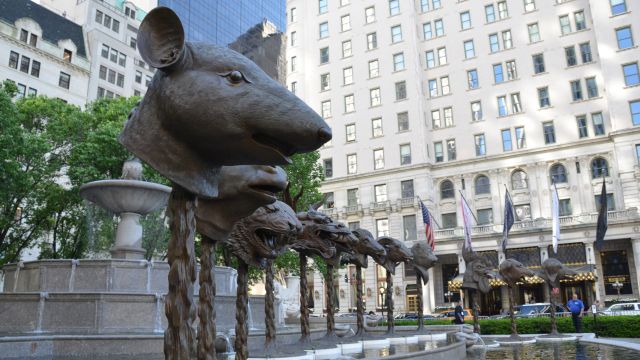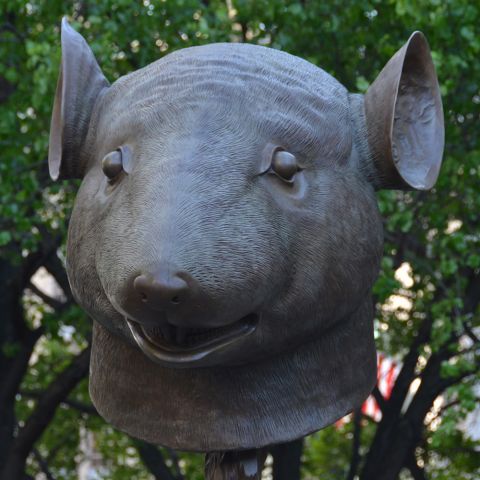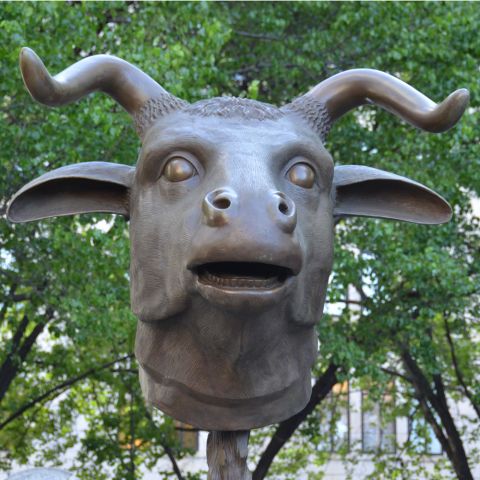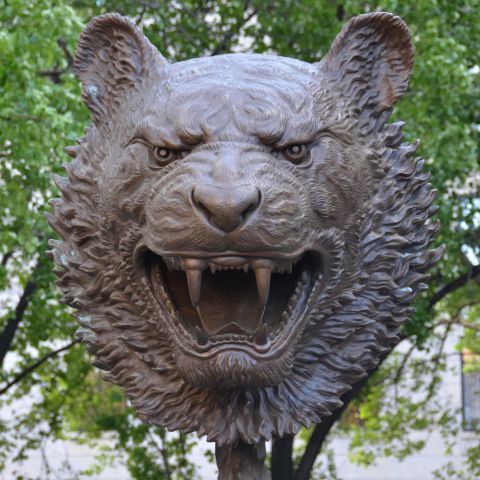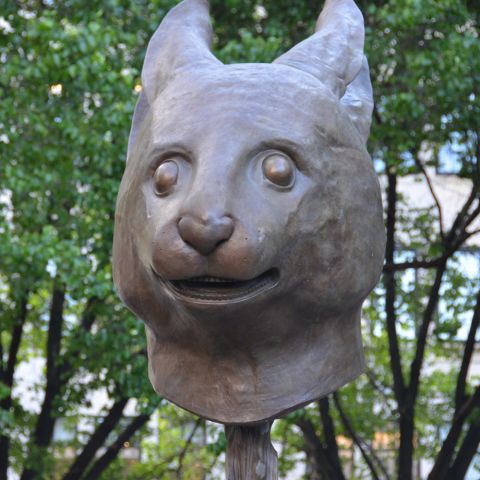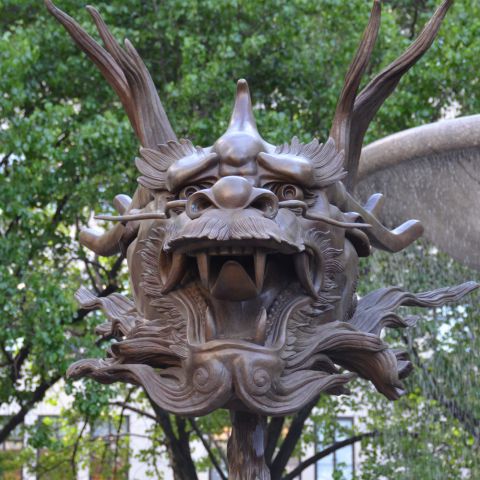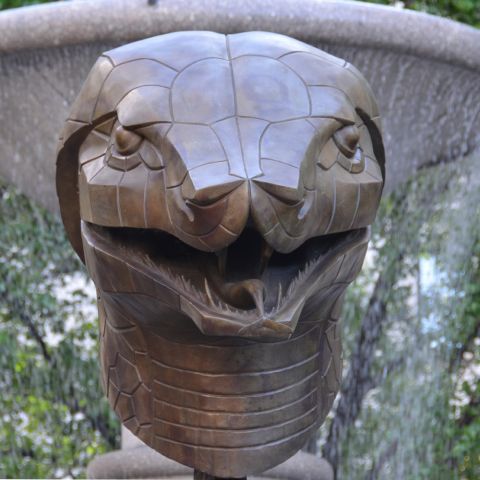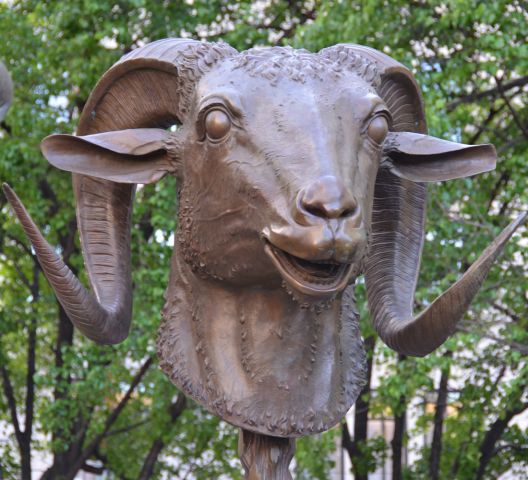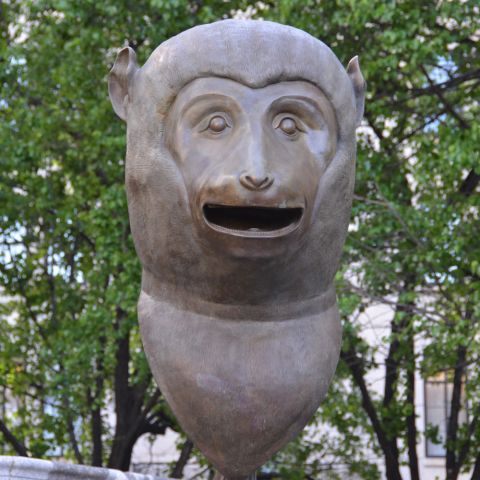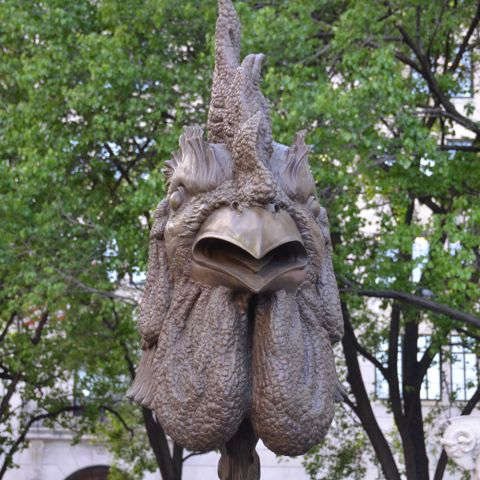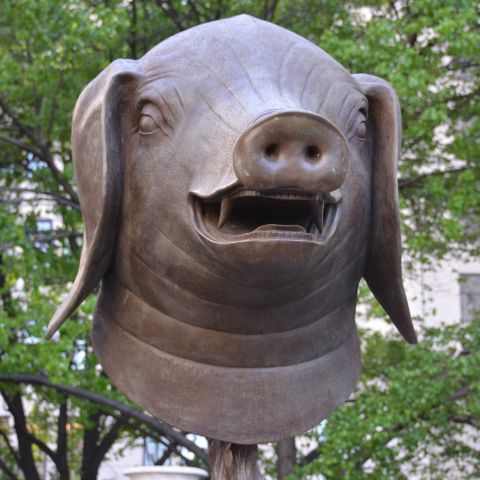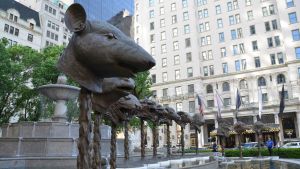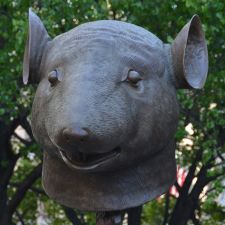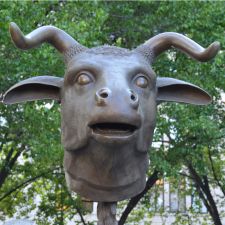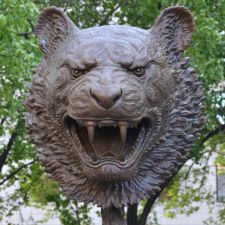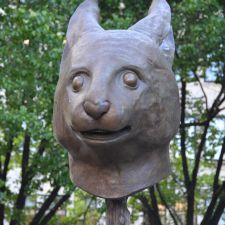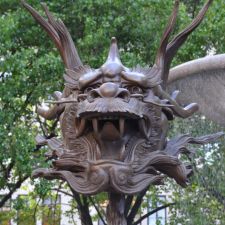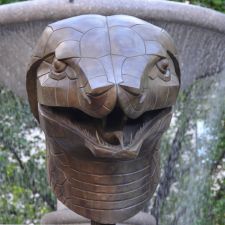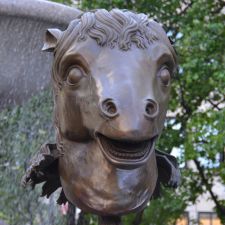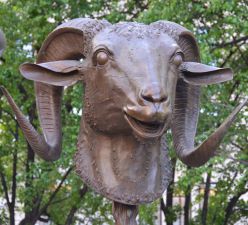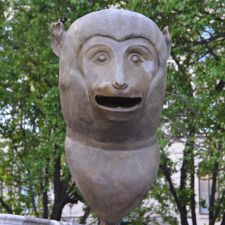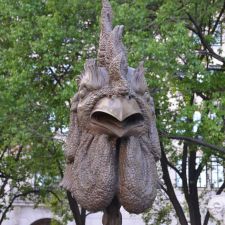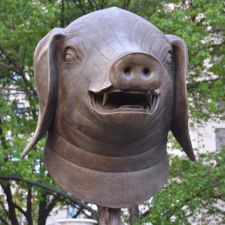|
ON SALE AUGUST 9TH — PRE ORDER NOW!
amazon.com | bn.com | amazon.co.uk (available October) Advance Praise for Future Science: "This remarkable collection of fluent and fascinating essays reminds me that there is almost nothing as spine-tinglingly exciting as glimpsing a new nugget of knowledge for the first time. These young scientists give us a treasure trove of precious new insights." — Matt Ridley, Author, The Rational Optimist "I would have killed for books like this when I was a student!" — Brian Eno, Composer; Recording Artist; Producer: U2, Cold Play, Talking Heads, Paul Simon "Future Science shares with the world a delightful secret that we academics have been keeping — that despite all the hysteria about how electronic media are dumbing down the next generation, a tidal wave of talent has been flooding into science, making their elders feel like the dumb ones..... It has a wealth of new and exciting ideas, and will help shake up our notions regarding the age, sex, color, and topic clichés of the current public perception of science." — Steven Pinker, Johnstone Family Professor, Department of Psychology, Harvard; Author, The Language Instinct Eighteen original essays by: Kevin P. Hand: "On the Coming Age of Ocean Exploration" Felix Warneken: "Children's Helping Hands" William McEwan: "Molecular Cut and Paste" Anthony Aguirre: "Next Step Infinity" Daniela Kaufer and Darlene Francis: "Nurture, Nature, and the Stress That Is Life" Jon Kleinberg: "What Can Huge Data Sets Teach Us About Society and Ourselves?" Coren Apicella: "On the Universality of Attractiveness" Laurie R. Santos: "To Err Is Primate" Samuel M. McLure: "Our Brains Know Why We Do What We Do" Jennifer Jacquet: "Is Shame Necessary?" Kirsten Bomblies: "Plant Immunity in a Changing World" Asif A. Ghazanfar: "The Emergence of Human Audiovisual Communication" Naomi I. Eisenberger: "Why Rejection Hurts" Joshua Knobe: "Finding the Mind in the Body" Fiery Cushman: "Should the Law Depend on Luck?" Liane Young: "How We Read People's Moral Minds" Daniel Haun: "How Odd I Am!" Joan Y. Chiao: "Where Does Human Diversity Come From?" |














